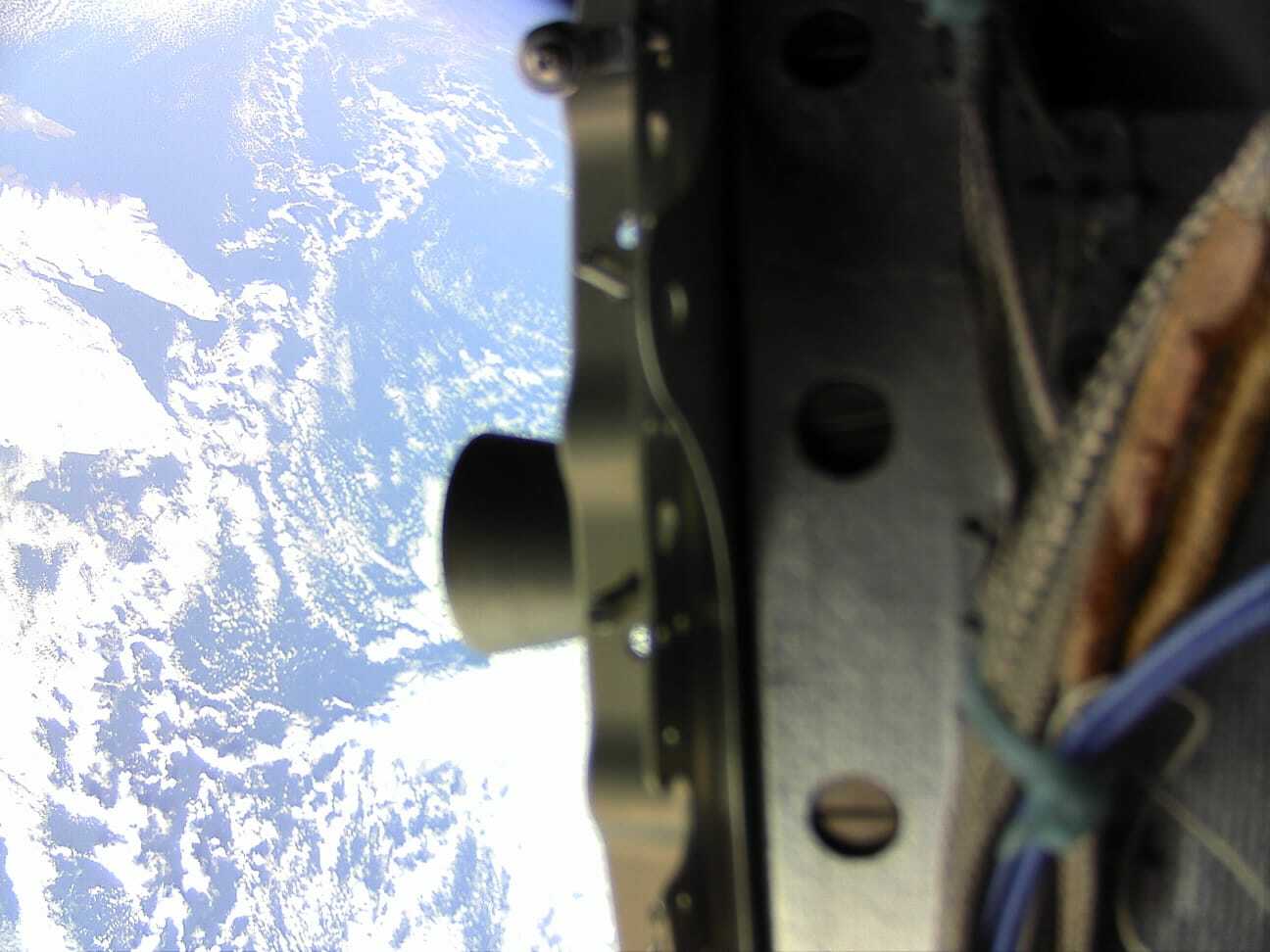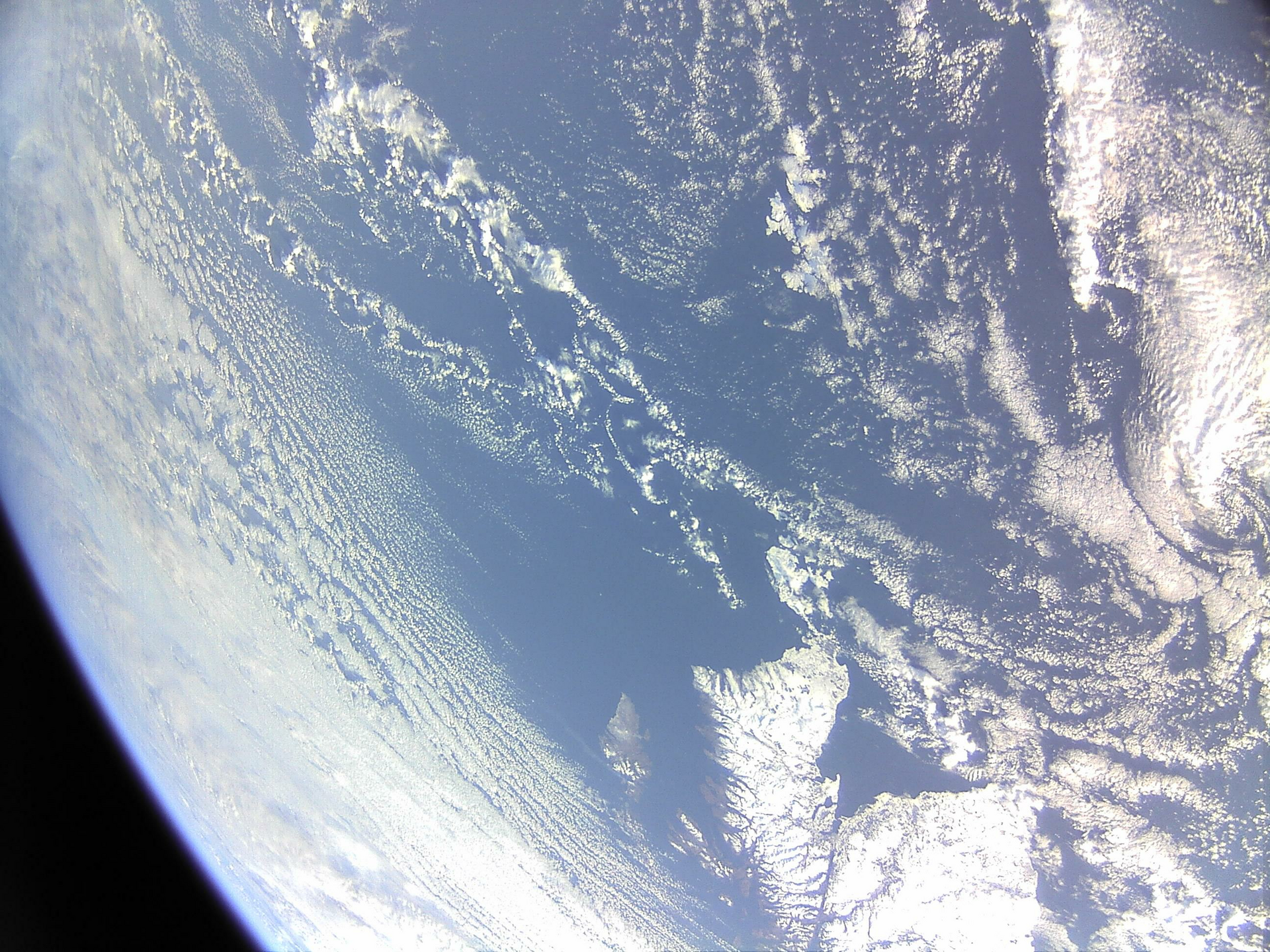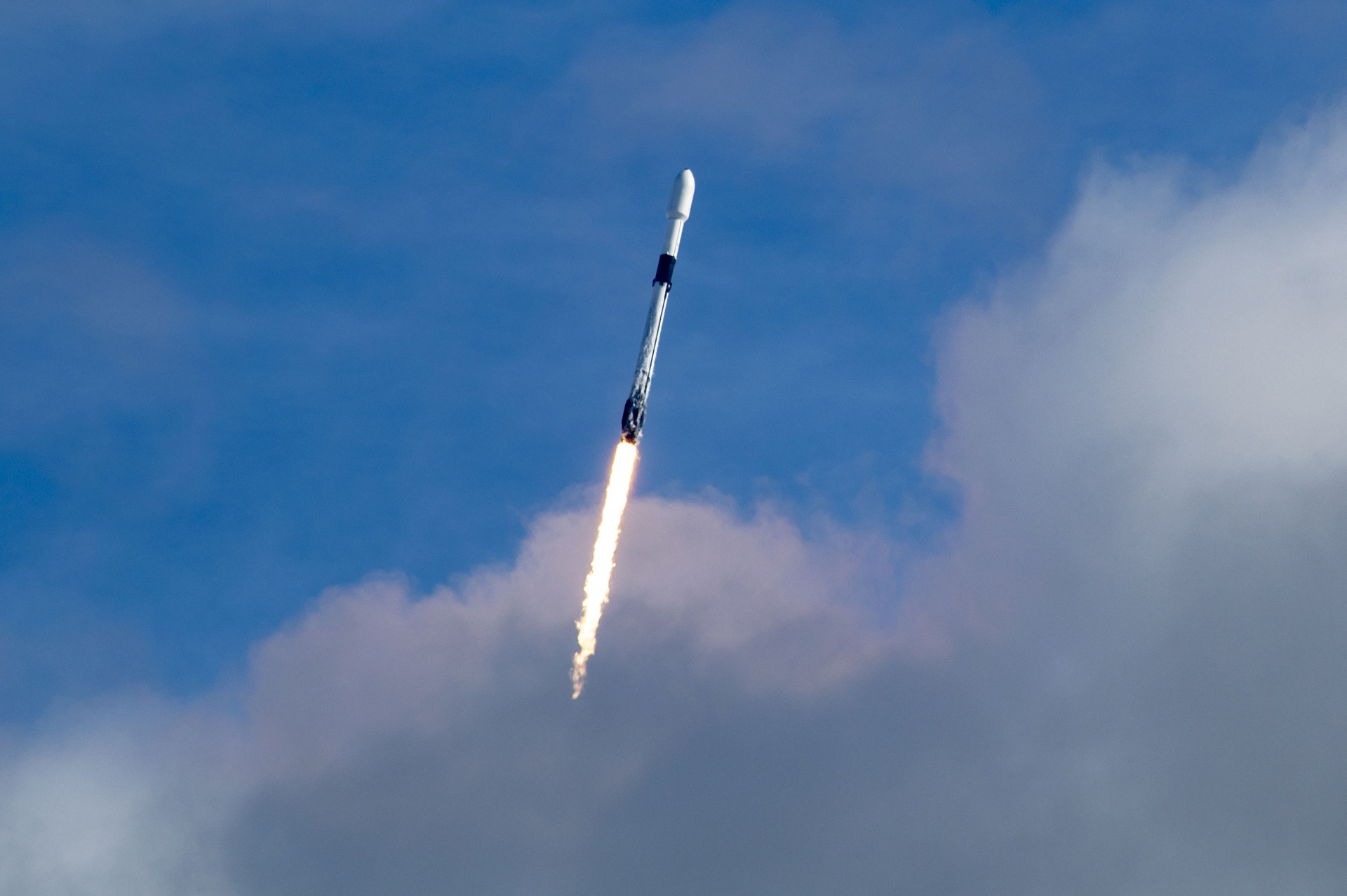Roadmap
PHASE 1 - COMMISSIONING
As soon as ION SCV Laurentius reaches orbit, our spacecraft operations engineers establish a bidirectional communication channel. We then start the launch and early orbit phase (LEOP), neutralizing the rotation imparted by the launch vehicle during separation, correcting the attitude, testing the satellite’s subsystems, and preparing for the next phases.
PHASE 2 - COMMERCIAL PHASE, ORBITAL TRANSPORTATION
Once concluded the commissioning phase, ION SCV Laurentius starts the commercial phase of the mission with the deployment of the hosted satellites into a 500km sun-synchronous orbit. Over a period of about four weeks, ION performs the precise deployment of 20 satellites.
As in its previous mission ORIGIN, ION deploys satellites through its innovative deployment strategy, called FAST DISPERSION, which enables an even distribution of the spacecraft along the operational orbit within a fraction of the time allowed by traditional dispersion techniques.
PHASE 3 - COMMERCIAL IOD
After completing the deployment phase, ION SCV Laurentius performs the in-orbit demonstration and validation (IOD/IOV) of two commercial third-party payloads:
ARGO – a fully autonomous plug & play star tracker developed by EICAS Automazione.
DRAGO – Demonstrator for Remote Analysis of Ground Observations, a short-wave infrared space camera for Earth observation developed by the Instituto de Astrofisica de Canarias (IAC).
PHASE 4 - INTERNAL EXPERIMENTS
Before the official end of the mission, our engineers perform additional testing of subsystems, maneuvers, and procedures in preparation for the upcoming Wild Ride mission.
PHASE 5 - DECOMMISSIONING
At the end of the mission, the spacecraft is decommissioned in compliance with the Space Debris Mitigation guidelines. The pressure vessels are depleted from leftover fuel and oxidizer, the battery charging system is deactivated, and the batteries are completely discharged. The spacecraft, now inert, enters a decommissioning trajectory that will bring it to burn up upon atmospheric re-entry within a few years.
Other missions
We Need More Space, November 2025

Ride With Me, November 2025

Skytrail, June 2025

Space Bound, June 2025

Wish Upon a Star, March 2025

Endless Sky, January 2025

Ascend, January 2025

Celestial Bliss, August 2024

Beyond, December 2023

Cosmic Wander, November 2023

Above the Sky, June 2023

Guardian, April 2023

Starfield, January 2023

Second Star to the Right, January 2023

Infinite Blue, May 2022

Spacelust, April 2022

Dashing Through The Stars, January 2022

Wild Ride, June 2021

Origin, September 2020





